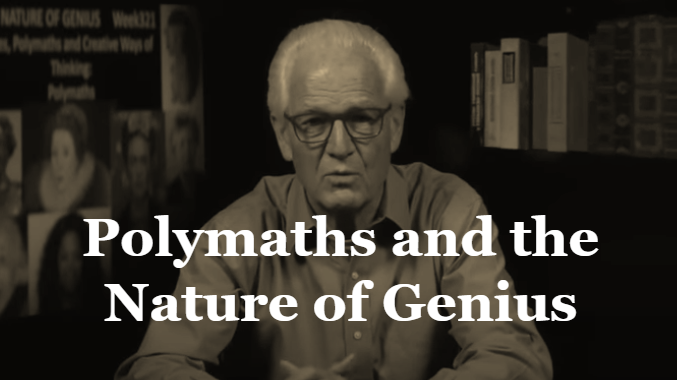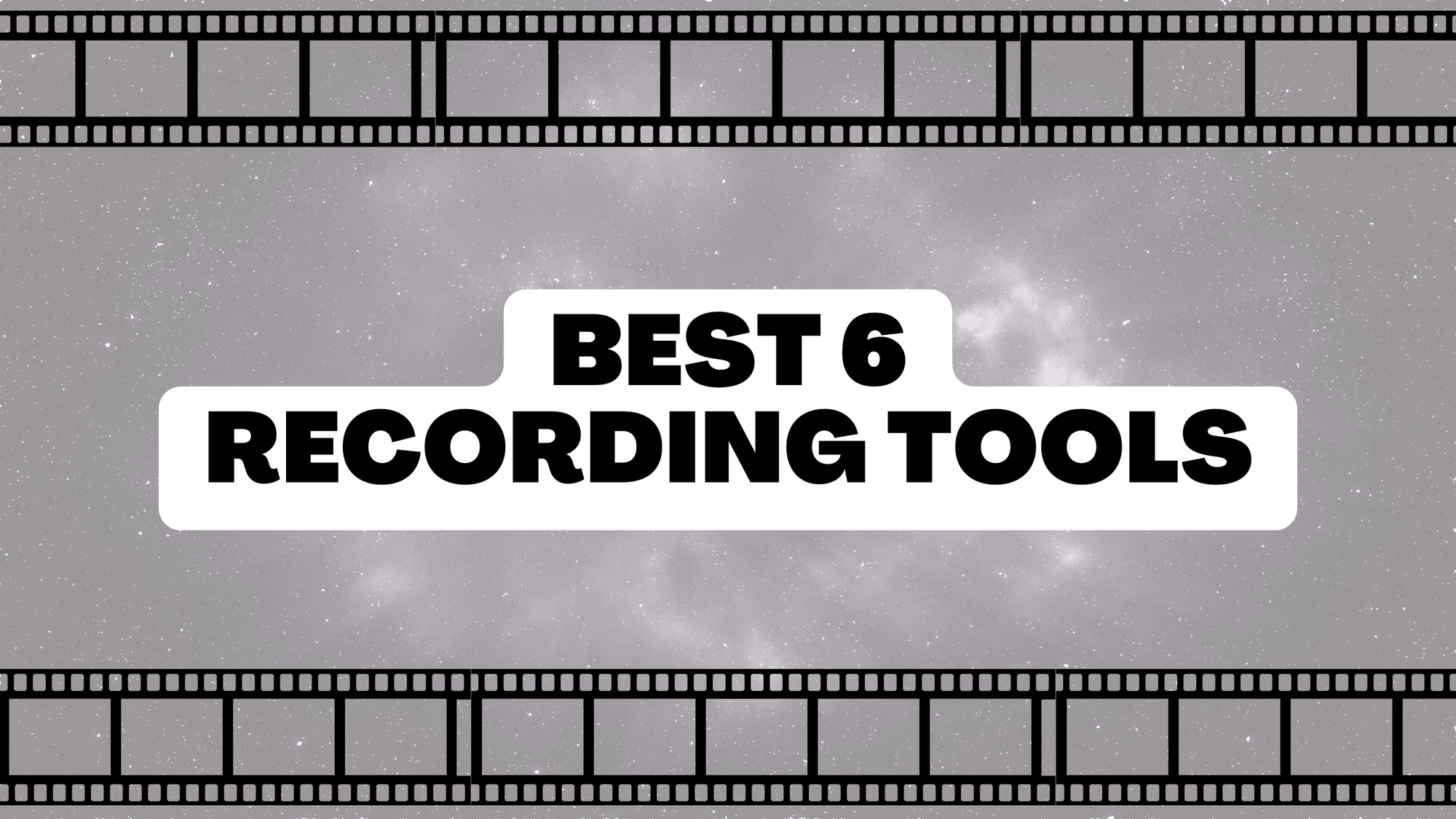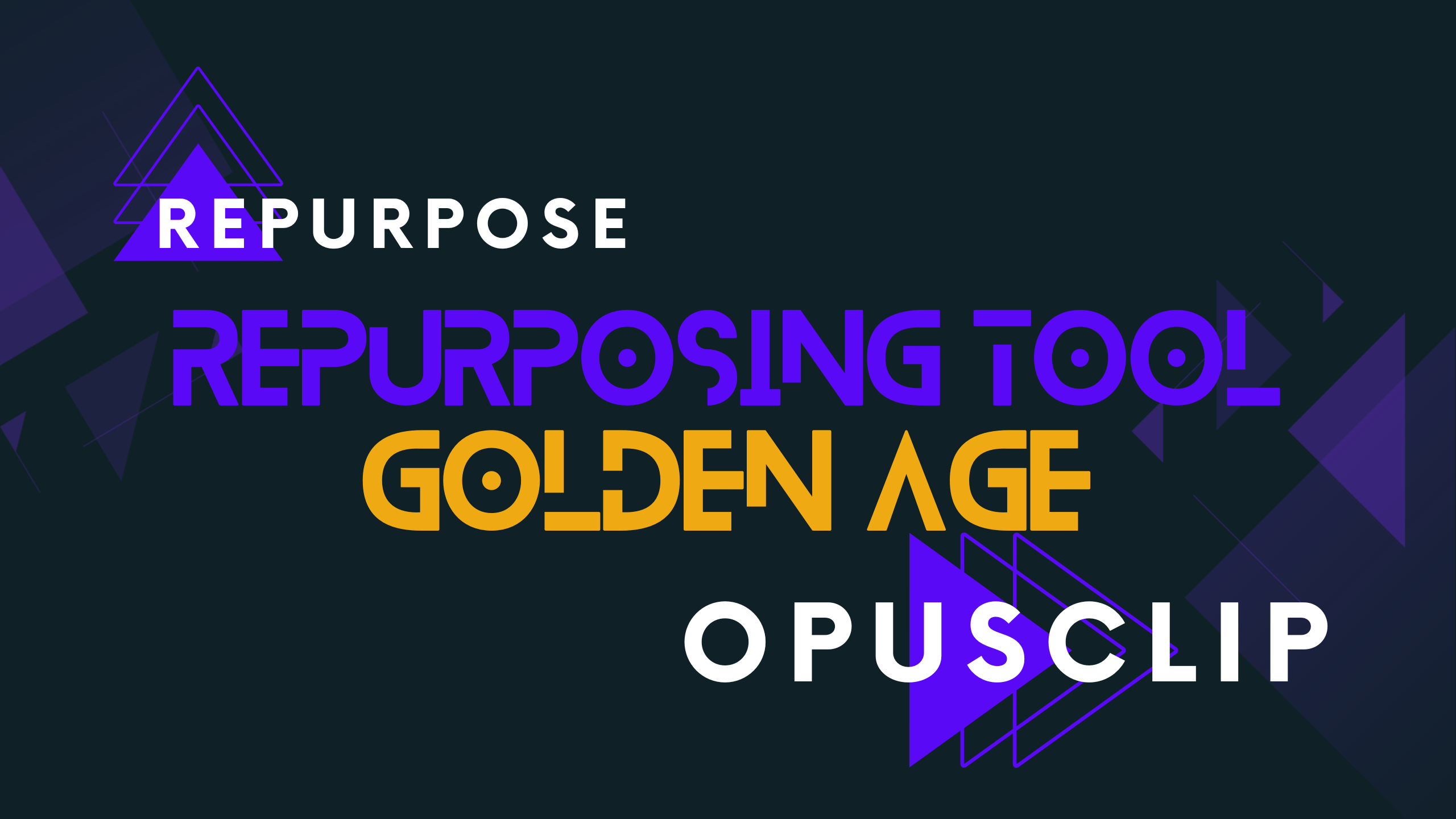"Leonardo Da Vinci is often seen as the architype of the renaissance man." One thing that I agree with the speaker is that the gender focus of this term makes it less applicable to other people. He brings up Hildegard, and I quickly think of Ada Lovelace.
Now the point of this video is to understand genius, and how polymathy leans into that phenomenon. I wanted to give you a quick synopsis of the video, so here is an AI's take on the video.
AI Summary:
The video discusses the concept of a polymath, which refers to someone who has learned much or many things. It explores the idea of a Renaissance Man, typically seen as someone well-rounded and knowledgeable in various fields. Historically, Leonardo da Vinci has been considered the archetype of the Renaissance Man, but the term itself is seen as gender biased and misleading. The speaker suggests that the first Renaissance Man was actually a medieval woman, specifically Hildegard of Bingham, a Benedictine nun known for her diverse talents in preaching, poetry, painting, politics, theology, and music. Hildegard was a genius and polymath who made significant contributions, being recognized as a saint and doctor of the church. Franklin's practical approach to education aimed to equip students with a wide range of useful knowledge and skills that could lead to both wisdom and riches. The video highlights some of the inventions and concepts credited to Franklin, showcasing his impact and genius.
My Personal Take:
Leonardo applied to a job in Milan. He catered his application towards things he wanted to create, but also based on what he believed would help them.
We may be known for one thing to most people, but that doesn't mean that polymaths don't have a variety of things to offer. The mindset employed by Leonardo was to be able to market himself in a unique way, based on who he was talking to. This is something that can be applied in the modern day personal branding.
While Leonardo took a more jack of all trades approach to Polymathy, of which I call the "juggling approach". The opposite seems to be true for the next example the video explains, that being Benjamin Franklin.
He took a more as I call it a "serialized approach". Becoming something of a "media mogul" of the time. Helping to create the first free public library, and of course having a huge part with the declaration of independence.
Both polymaths had invented some amazing technologies, and had such a fundamental understanding of how the world works. More importantly they could conceive what was POSSIBLE in the world.
The ability to learn is a baseline trait of polymathy, and these two examples exemplify that fact. Even if you have to literally create the field itself, such as Leonardo did at the time for ocular anatomy or certain aspects of physics.
This kind of response post I feel is important because it allows me to highlight polymath or multidisciplinary content like this. Get more eyeballs on it, and allows me to share my thoughts as well.
![Official Website for Dustin Miller PolyInnovator [LLC]](https://polyinnovator.space/content/images/2025/03/polyinnovator-logo-2024.png)











